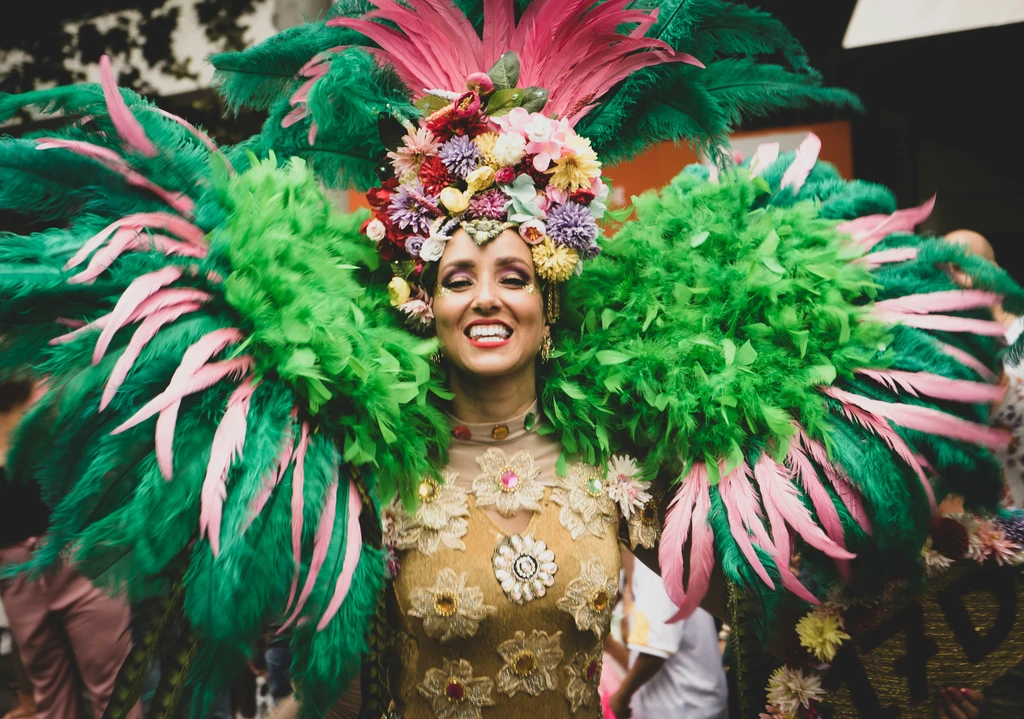🎭 The History and Origins of Mardi Gras in New Orleans
New Orleans, LA — Few celebrations in the United States carry the historical weight, vibrant energy, and cultural significance of Mardi Gras. Known for its flamboyant parades, jazz-filled streets, and king cake traditions, Mardi Gras is much more than just a party—it’s a centuries-old ritual deeply rooted in the identity of New Orleans.
🌍 Origins in Europe
Mardi Gras—French for “Fat Tuesday”—originated in medieval Europe, passing through Rome and Venice in the 17th and 18th centuries with boisterous celebrations before Lent. French colonists brought the tradition to North America in the early 1700s. The first recorded American Mardi Gras occurred on March 3, 1699, when French-Canadian explorer Pierre Le Moyne d’Iberville camped near present-day New Orleans and named the spot “Pointe du Mardi Gras.”
🇺🇸 The Evolution in New Orleans
By the 1730s, Mardi Gras had become an annual tradition in New Orleans, complete with street parties and masked balls. However, it wasn’t until the early 19th century that the celebrations took on the structured grandeur we see today. In 1857, the first organized parade by a “krewe” (a private social club) was held by the Mystic Krewe of Comus, introducing floats and torch-lit processions that set the standard for future parades.

🎉 Cultural Significance and Traditions
Today, Mardi Gras in New Orleans is a multi-week festival, attracting more than a million visitors annually. The season officially begins on January 6 (Epiphany) and culminates on Fat Tuesday, the day before Ash Wednesday.
Traditions include:
- Krewe parades with elaborate floats and costumes
- Throwing of beads and doubloons to parade-goers
- Consumption of king cakes, often with a small baby figurine baked inside
- Wearing the traditional colors: purple (justice), green (faith), and gold (power)
Despite its festive exterior, Mardi Gras also embodies deep Catholic traditions, local Creole heritage, and a spirit of community resilience—especially notable in post-Katrina recovery years.
🛑 Challenges and Modern-Day Controversies
While widely celebrated, Mardi Gras has also faced criticism and logistical challenges:
- Concerns over public safety, excessive drinking, and cleanup efforts
- Debates over cultural appropriation, parade exclusivity, and sustainability
- Recent pushes to make Mardi Gras more inclusive and environmentally conscious, including the rise of “throw-free” krewes and biodegradable beads
🗣 What It Means Today
Mardi Gras remains a symbol of New Orleans’ spirit—joyful, resilient, and defiantly unique. As the city evolves, so does the festival, blending tradition with innovation. In 2025, visitors and locals alike continue to celebrate not just a day of revelry, but a living piece of American history.
